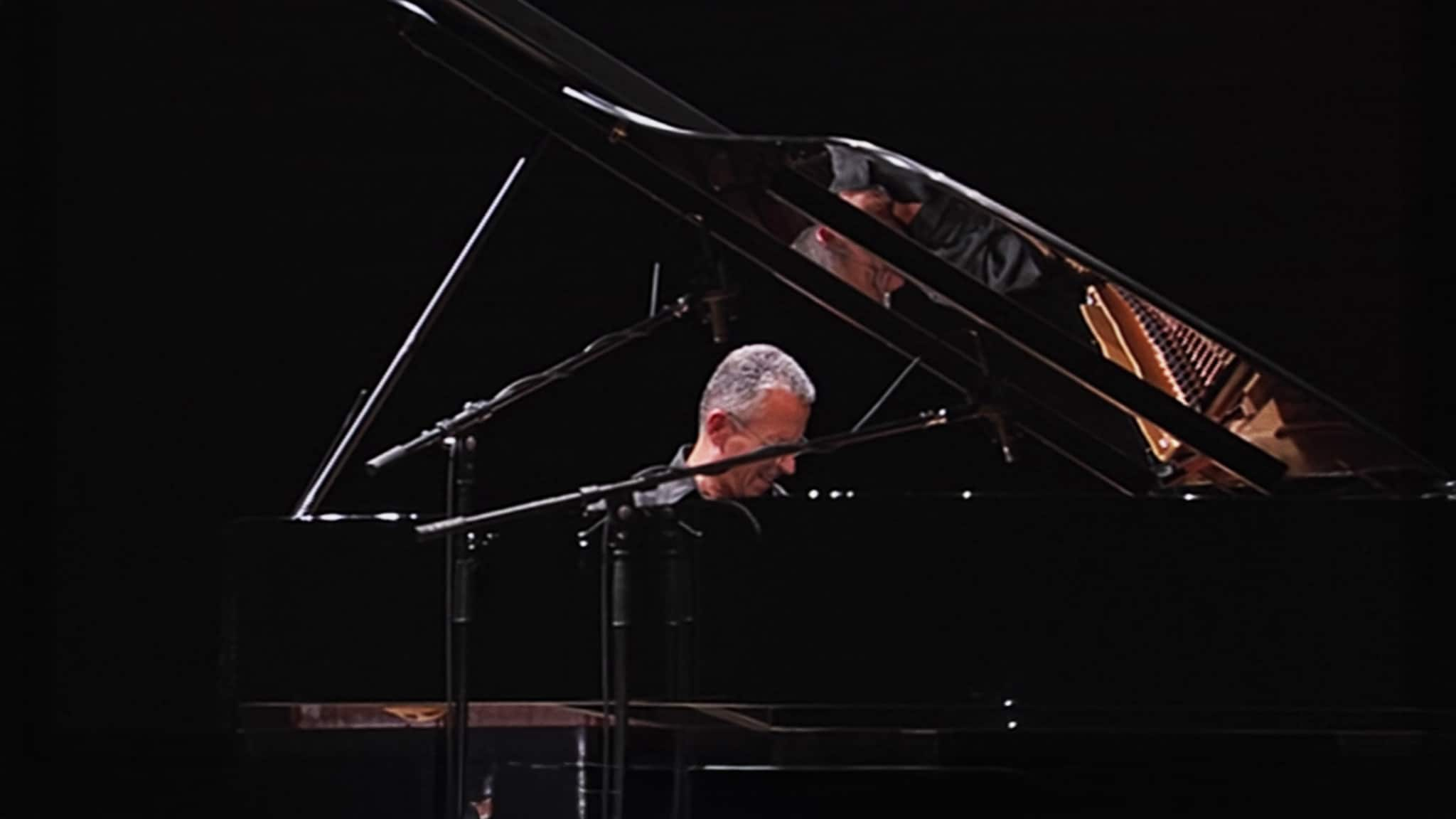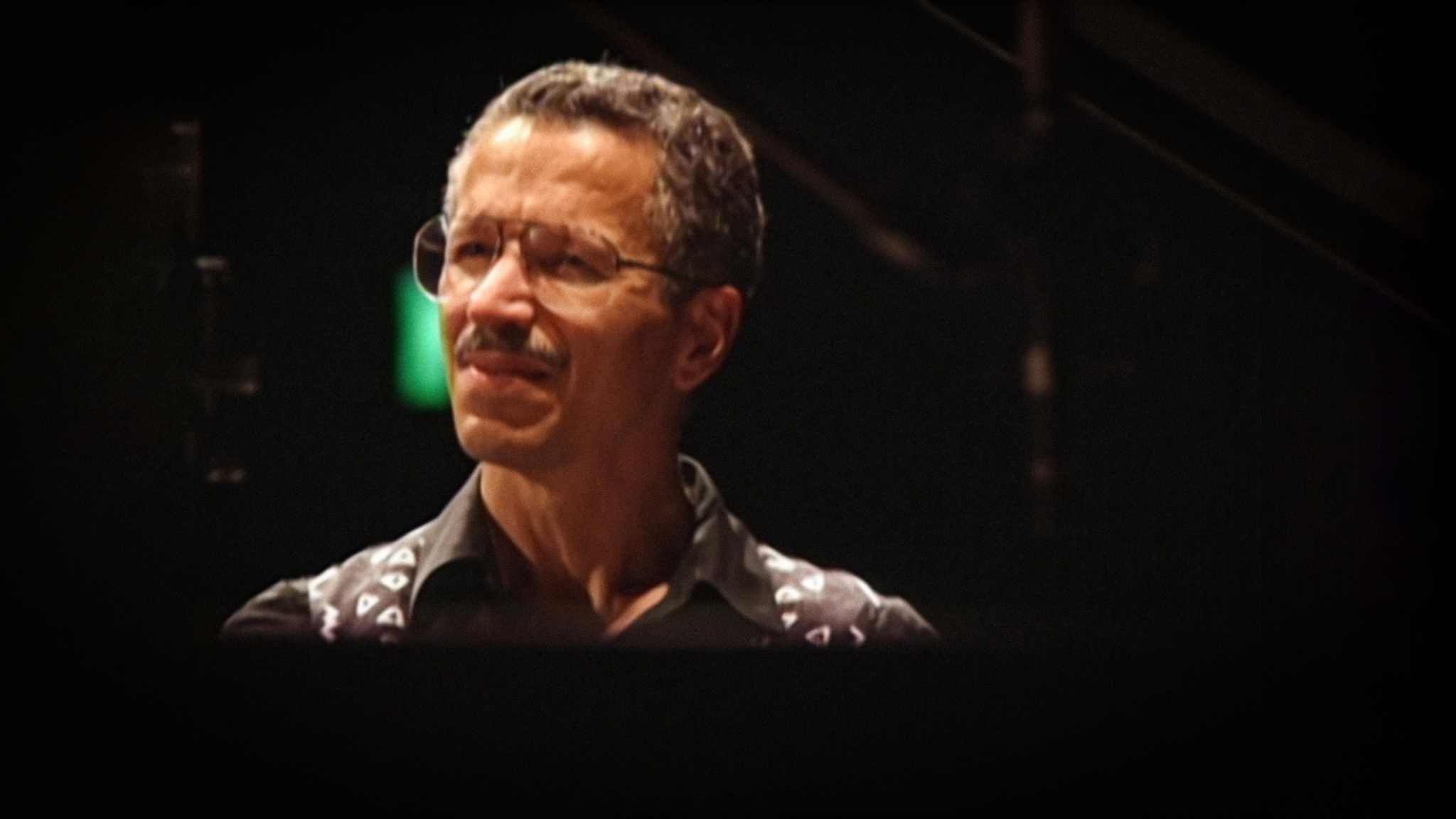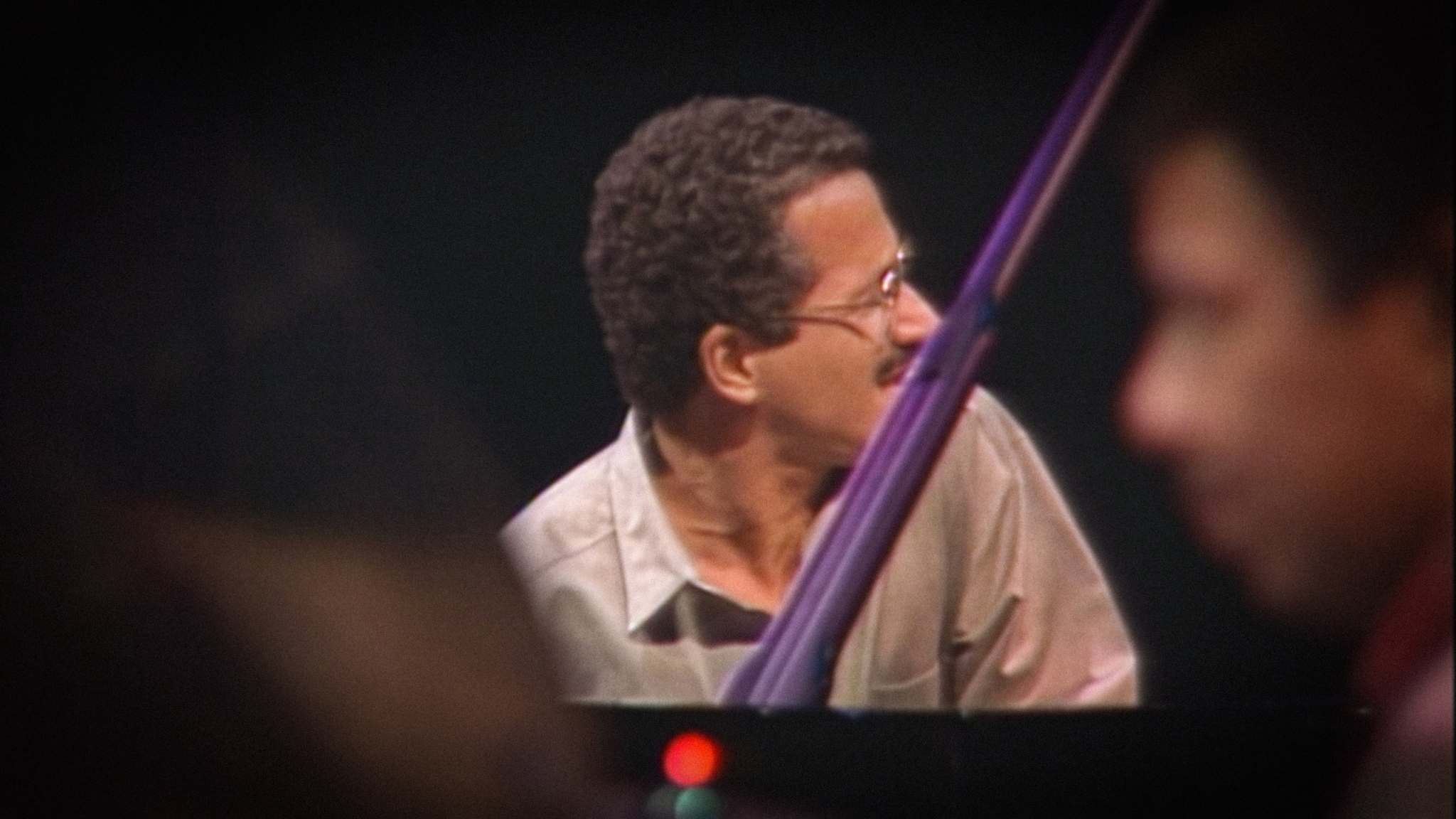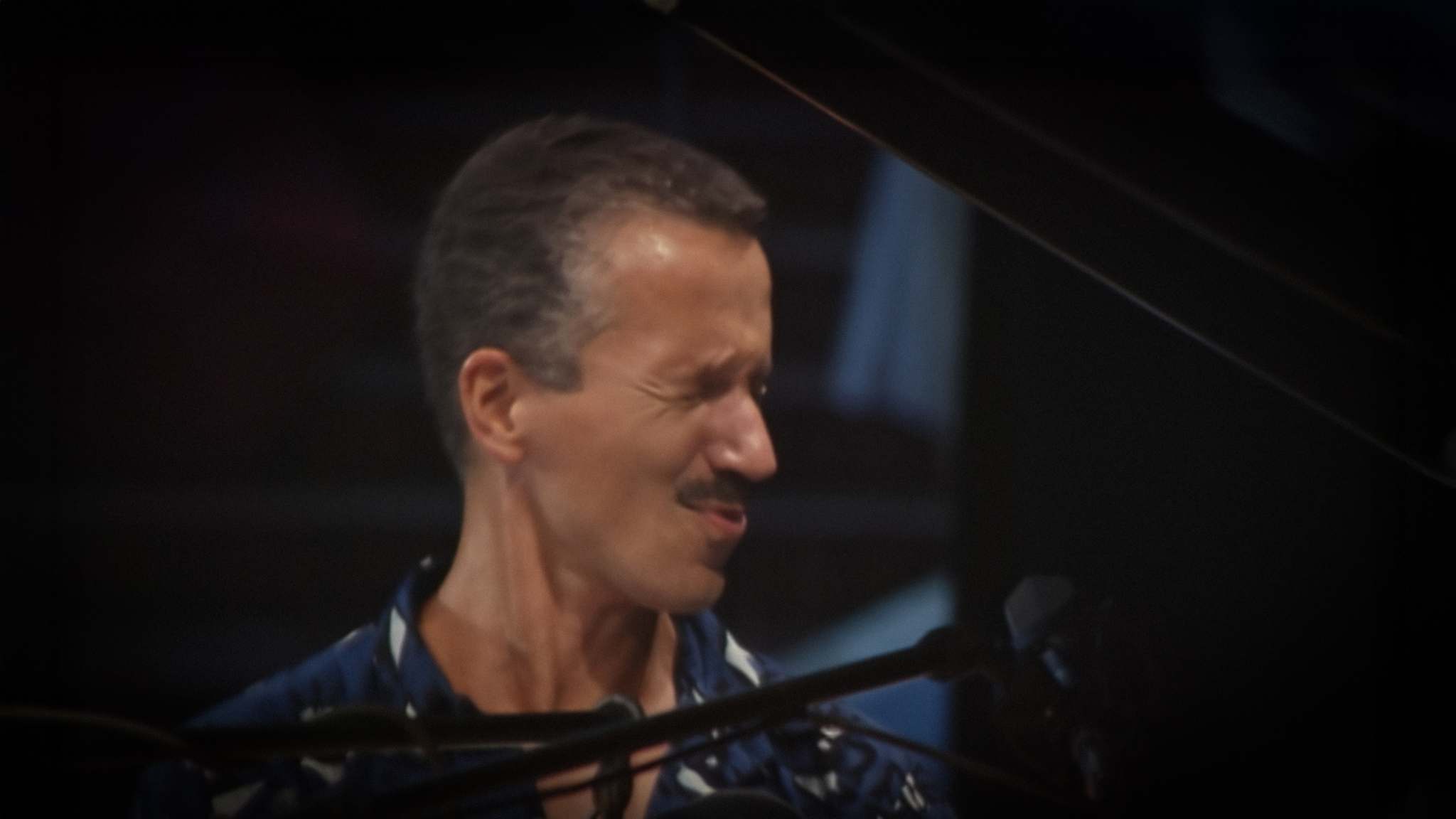Album insights
Im Jahr 1913 unternahm Prokofjew seine erste Reise außerhalb Russlands und besuchte Paris und London, wo er erstmals auf Sergei Diaghilews Ballets Russes traf. Der russische Komponist, der später in der Sowjetunion arbeitete, hatte sich bereits einen Namen gemacht, obwohl er mit seinen zukunftsorientierten Werken häufig für Skandale sorgte.
Nach dem Tod seines Vaters im Jahr 1910 verlor Sergei seine finanzielle Unterstützung. Glücklicherweise begann er zu dieser Zeit, sich einen Ruf aufzubauen. Seine musikalische Entwicklung zeigt sich in seinen frühen Werken deutlich: Die erste Klaviersonate in f-Moll, Op. 1 (1909) steht im Kontrast zu den vier Klavieretüden, Op. 2 aus demselben Jahr.
Sein Klavierkonzert Nr. 1 in Des-Dur, Op. 10, komponierte er zwischen Sommer 1910 und Februar 1912 und führte die Uraufführung am 25. Juli in Moskau auf. Weitere bedeutende Frühwerke umfassen die Sinfonietta in A-Dur, Op. 5 (1909), das symphonische Tableau "Träume" für großes Orchester, Op. 6 (1910) und die symphonische Skizze "Herbst" für kleines Symphonieorchester, Op. 8 (1910).
Prokofjews Schaffensperiode zwischen 1911 und 1913 war besonders produktiv mit Werken wie der Toccata in C-Dur für Klavier, Op. 11 (1912), zehn Stücken für Klavier, Op. 12 (1913), der Oper Maddalena in einem Akt, Op. 13 (1911/1913) und dem Klavierkonzert Nr. 2 in g-Moll, Op. 16 (1913). Seine Klaviersonate Nr. 2 in d-Moll, Op. 14 (1912) zeigt die Weiterentwicklung seines charakteristischen Stils.







